Proper Timing for Asphalt Sealcoating
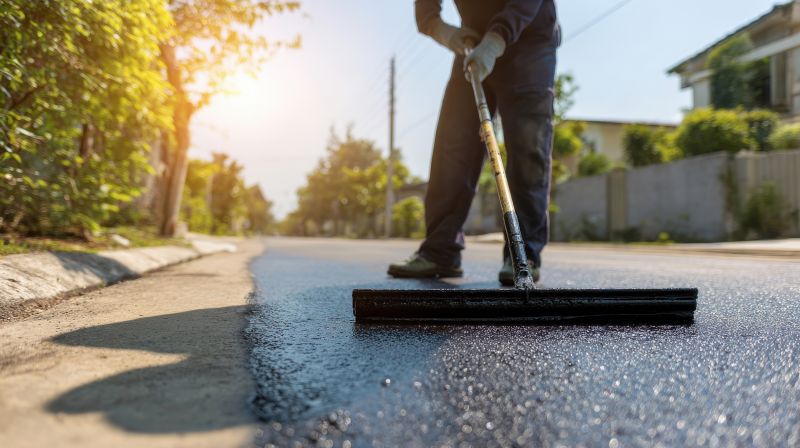
Spring is a popular time for sealcoating due to rising temperatures and longer daylight hours, allowing for proper curing.
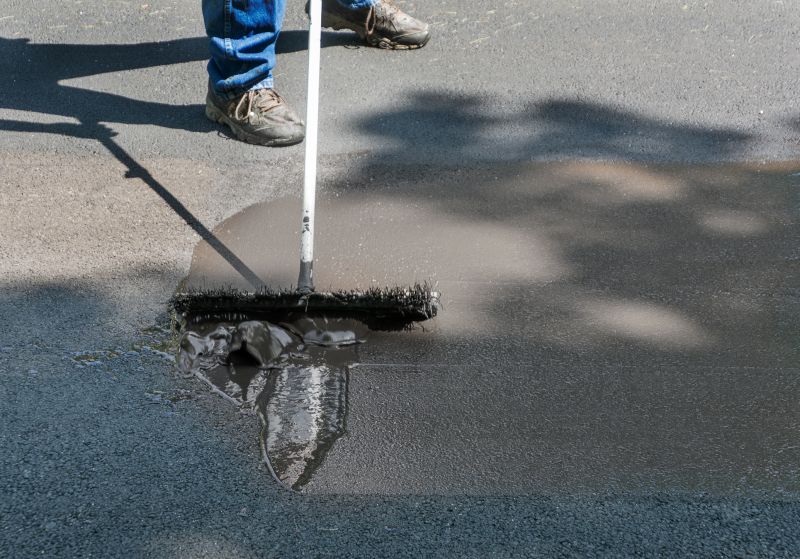
Summer offers ideal weather conditions with warm temperatures and low humidity, promoting effective application and drying.
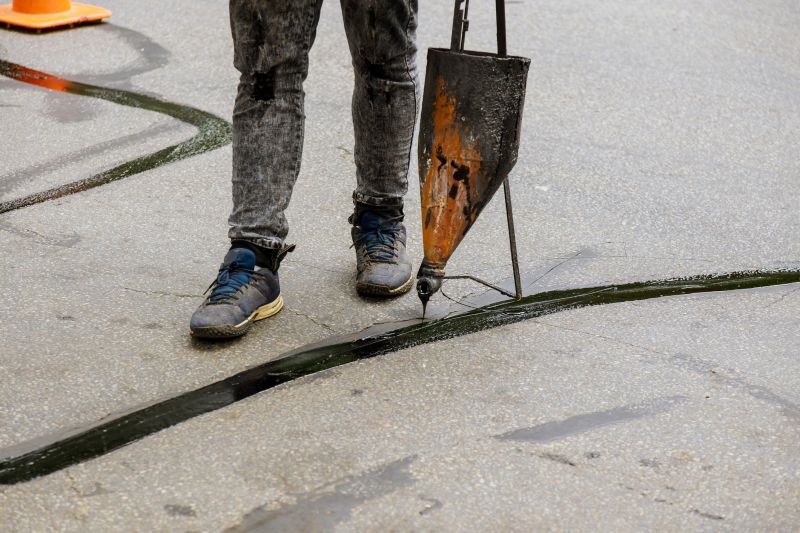
Fall provides cooler temperatures that can extend curing times, but it requires careful scheduling before winter.

Ways to make Asphalt Sealcoatings work in tight or awkward layouts.

Popular materials for Asphalt Sealcoatings and why they hold up over time.

Simple add-ons that improve Asphalt Sealcoatings without blowing the budget.
Asphalt sealcoating involves applying a protective layer to asphalt surfaces to extend their lifespan and improve appearance. It acts as a barrier against water, UV rays, and chemicals, which can cause deterioration. Proper timing ensures the sealant adheres correctly and cures fully, maximizing its protective benefits.
Statistics indicate that sealcoating can extend the life of asphalt by up to 50%, reducing the need for costly repairs. The best time for application depends on climate conditions, with ideal temperatures generally between 50°F and 85°F. Moisture and extreme cold can hinder proper curing, making seasonal timing crucial.
Sealcoating is most effective when temperatures are consistently between 50°F and 85°F.
Avoid sealcoating during rain, snow, or high humidity to ensure proper curing.
Proper cleaning and crack filling prior to sealcoating enhance adhesion and longevity.
Typically, sealcoating should be reapplied every 2-3 years depending on traffic and weather conditions.
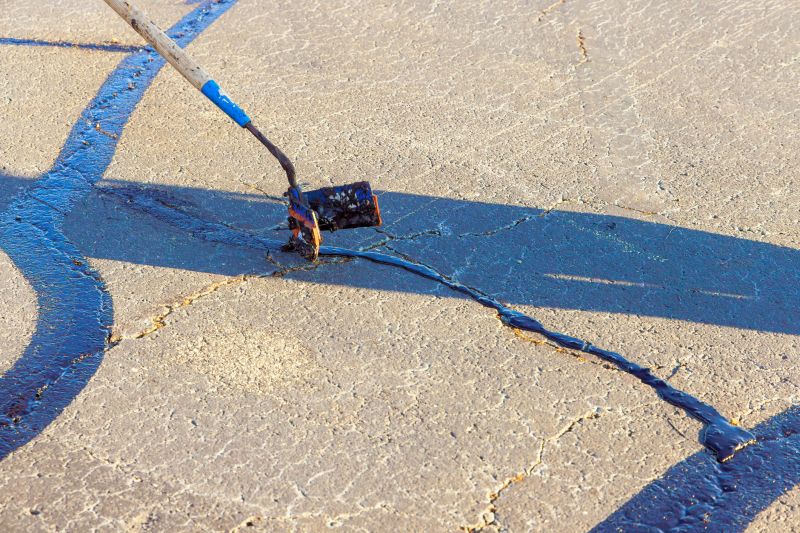
A professional applying asphalt sealant during optimal weather conditions.
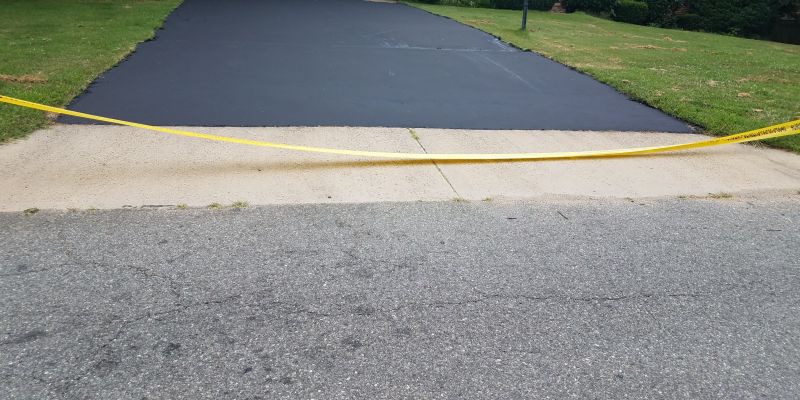
Newly applied asphalt sealant curing on a driveway.
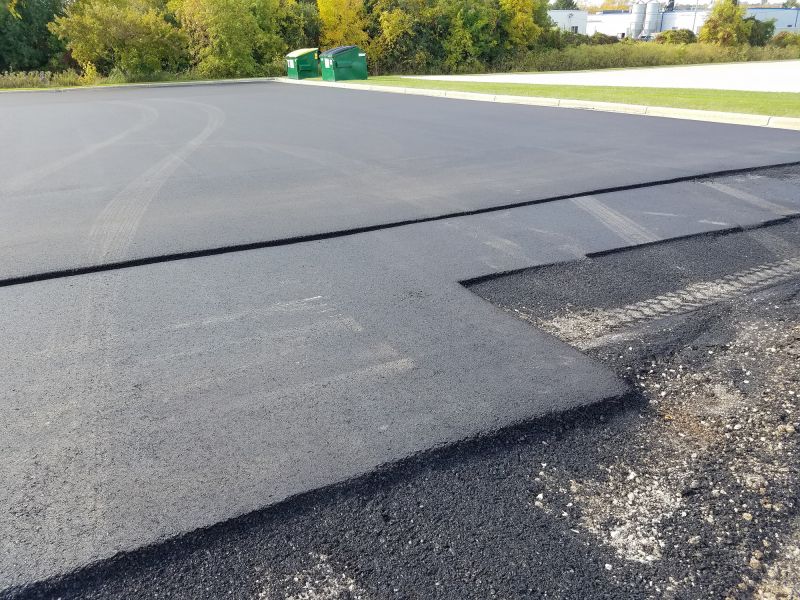
A well-maintained asphalt surface after sealcoating.

Temperature gauge showing ideal conditions for sealcoating.
| Season | Optimal Conditions |
|---|---|
| Spring | Temperatures between 50°F and 70°F, low humidity |
| Summer | Consistent warm temperatures, dry weather |
| Fall | Temperatures between 50°F and 70°F, avoiding early frost |
| Winter | Not recommended due to cold temperatures and moisture |
Timing sealcoating correctly can significantly impact its durability and effectiveness. Applying during suitable weather conditions ensures the sealant cures properly, providing maximum protection. Consulting local climate patterns can help determine the best window for application.
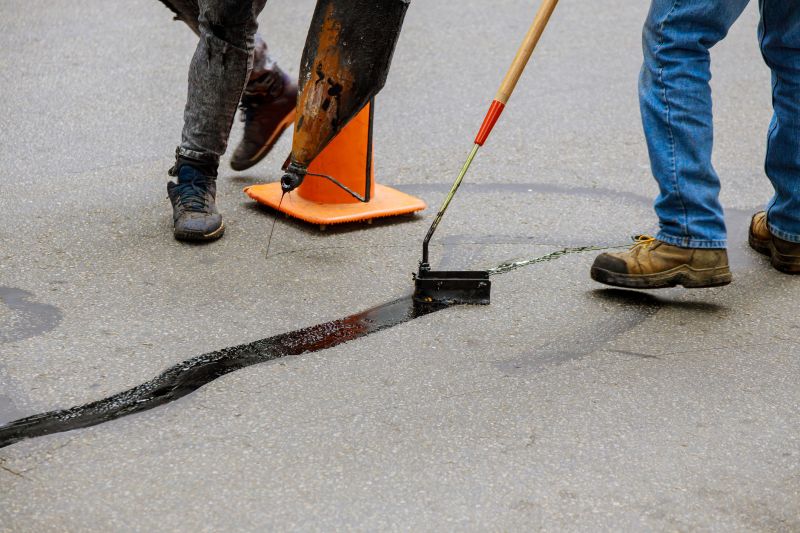
A crew applying sealant during favorable weather conditions.
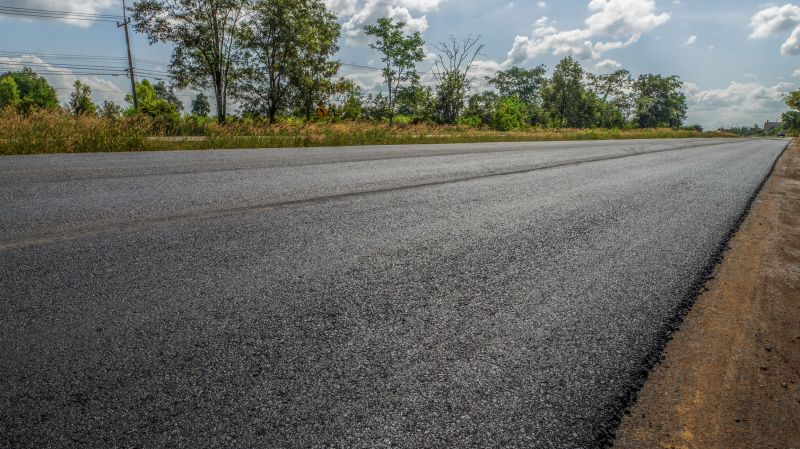
A freshly sealed asphalt surface ready for use.
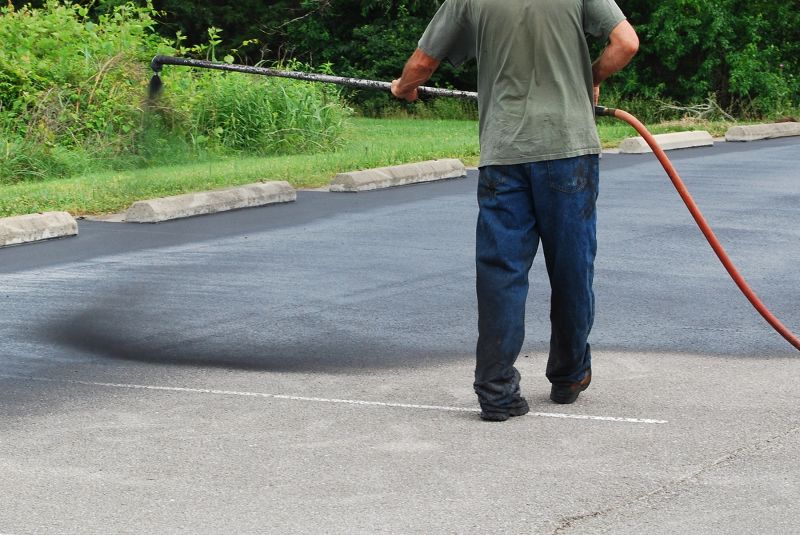
Temperature and humidity gauges used during application.

Sealcoating extends the life of asphalt surfaces.
Interested in scheduling asphalt sealcoating? Filling out the contact form can help determine the best timing based on local weather conditions and surface needs. Proper timing and application can ensure long-lasting results and enhanced surface protection.
